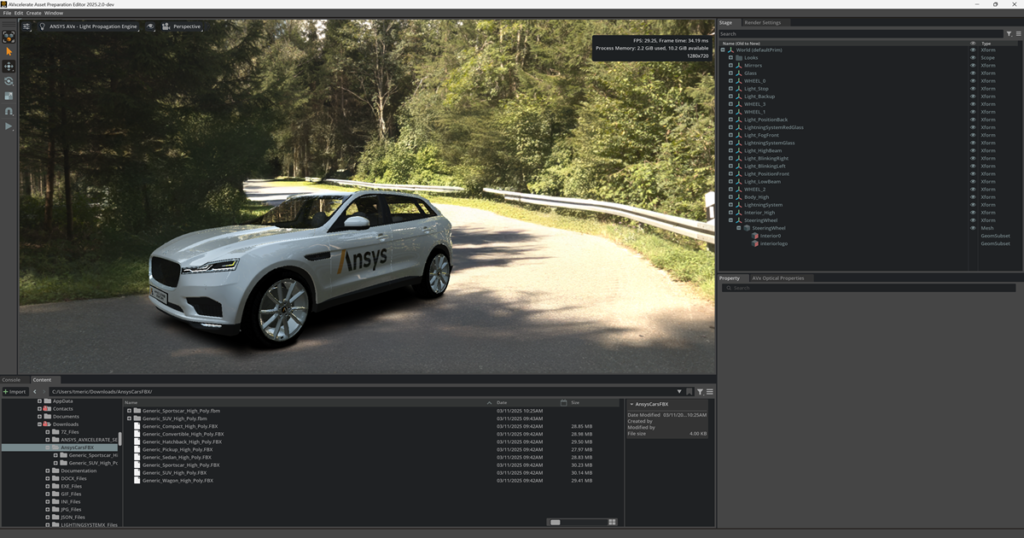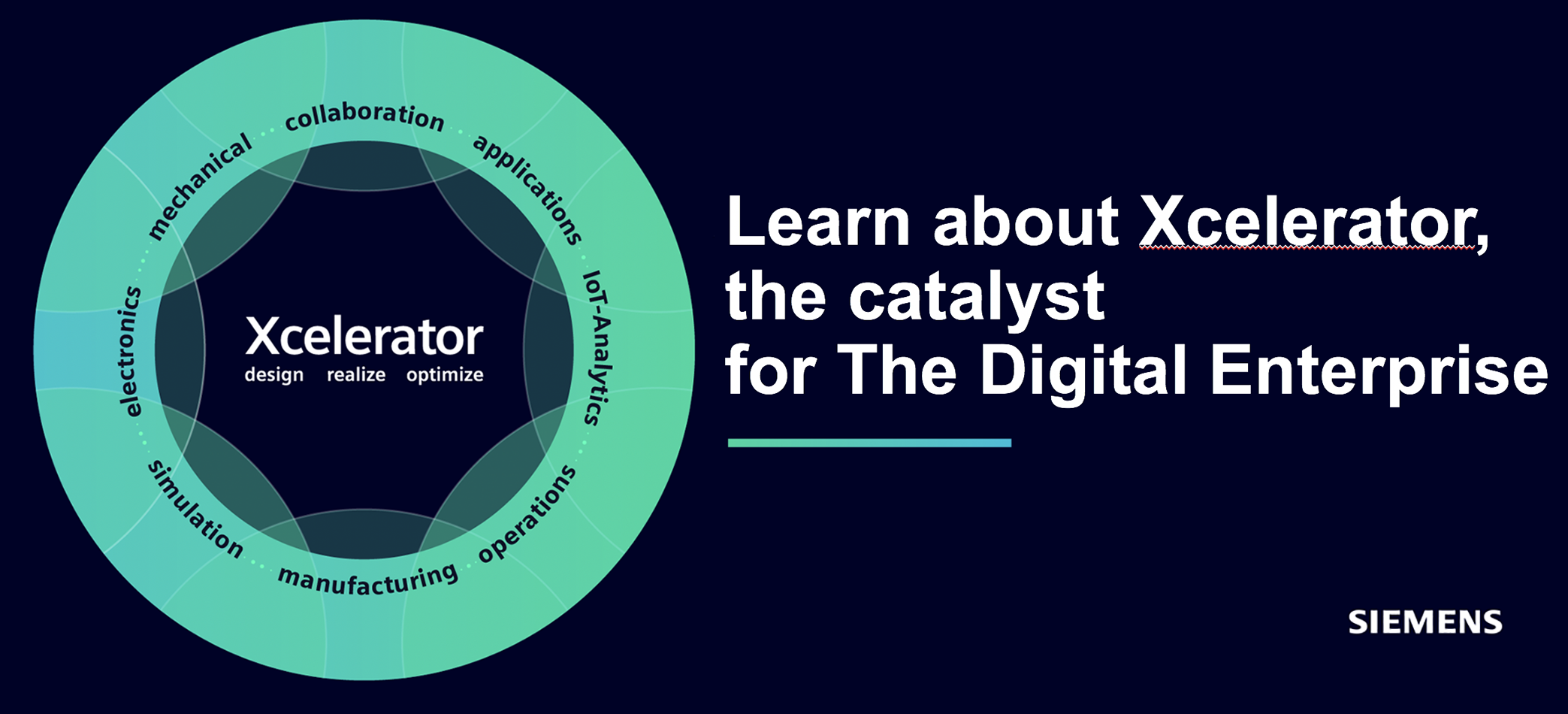This accelerated process has the potential to further help Volvo Cars meet critical emissions, range, and efficiency standards, such as Worldwide Harmonized Light Vehicles Test Procedure (WLTP) requirements.

“Indeed,” says Shane Emswiler (pictured), senior VP of products at Ansys. “This breakthrough underscores how GPU-accelerated simulation can drive innovation and get products to market faster. The combination of high-fidelity modeling and extreme solver speed empowers customers to run more simulations and maximize the results to develop more performant products.”
Underscores the power of GPUs
Notably today’s news from Ansys and Volvo Cars underscores the trend in simulation and analysis to the previously often discussed question: What is more efficient for simulation and analysis work: GPUs (Graphics Processing Units) or CPUs (Central Processing Units)?
Ultimately, the capacity to process heavy data volumes is critical to speed, capability and quality in simulation. According to research (2022) by the consultant Jon Peddie Research (JPR) regarding CAE and, among other things, the use of GPUs, the general opinion among industry players such as Altair, Ansys, Dassault, Hexagon and Siemens Digital Industries Software was that GPUs outperform CPUs by many multiples. In and of itself then depending on the work tasks. Despite this obvious advantage, some engineers were concerned that what is gained in speed may be lost in accuracy. However, according to the interviews conducted by JPR in the report entitled, ”Accelerating and Advancing CAE”, this is a so far unproven concern. Instead, developers and their customers found that results from GPU-accelerated calculations are as accurate as those performed on CPU-based solvers, but significantly faster. Additionally, several stakeholders believed that the ability to perform more iterations results in better solutions and enables more designers to benefit from simulation earlier in the design process.
This is said as a background to last year’s ”NVIDIA boom” among the PLM and sub-PLM developers.

Critical for designing next-gen energy efficient vehicles
A resonable conclusion in the context is that Ansys solutions on NVIDIA hardware can enable more optimization studies, not least critical to increasing EV range. Leveraging just eight NVIDIA Blackwell GPUs, Ansys accelerated solver speed by 2.5X when compared to the same simulation run on 2,016 CPU cores and cost-equivalent hardware. That’s a lot and in combination with Ansys potent Fluent fluid simulation software it delivers the kind of high-fidelity computational fluid dynamics models that are critical for designing next-generation, energy-efficient vehicles.
“The efforts of Ansys and Volvo Cars showcase the exceptional performance and scalability of our latest Blackwell infrastructure offerings and its applicability to engineering simulation,” said Tim Costa, senior director of CAE, EDA and quantum at NVIDIA. “Together with software partners like Ansys, we are paving the way for the future of computer-aided engineering and scaling to unprecedented heights, empowering our customers to solve their most complex challenges.”






